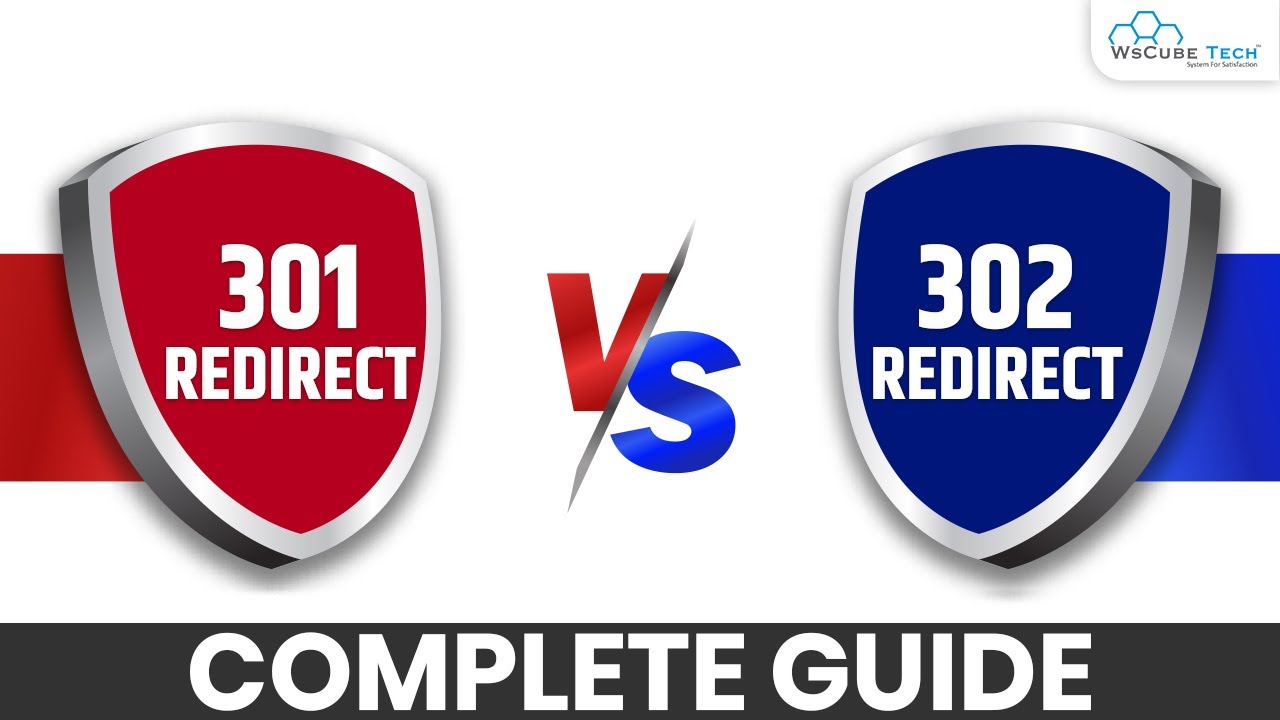The google 302 redirectsare HTTP response status codes indicating that the requested resource has temporarily moved to a different URL. The term "302" is actually an HTTP status code, which means the browser will carry out a redirect to another location, but this particular type of redirect is known as a "302 redirect."
When a web page or file is moved to a new location, but you want to keep the old URL active, a 302 redirect is the perfect solution. The browser will automatically redirect the user to the new location, and the old URL will continue to work, even though the contenthas moved.
Google 302 redirects are often used to temporarily redirect a website while it is under maintenance, or while a new version is being tested. This allows the website to continue to function while the new version is being prepared, without interrupting the user experience.
What Are Google 302 Redirects?
A 302 redirect is a type of HTTP status code that tells a web browser that the resource it is trying to access has been temporarily moved to a different URL. This type of redirect is often used by website owners to redirect traffic from an old URL to a new one, without affecting the user's experience.
For example, if you have an old website at example.com and you want to move it to a new domain name, example2.com, you could use a 302 redirect to redirect traffic from the old domain to the new one. This allows you to keep the old domain active, while visitors are automatically redirected to the new location.
How Does A 302 Redirect Work?
A 302 redirect works by sending an HTTP status code back to the browser, indicating that the resource it is trying to access has temporarily moved to a different URL. When the browser receives this status code, it will automatically redirect the user to the new location.
The process of setting up a 302 redirect is relatively simple. You'll need to create a file on your web server (such as .htaccess on Apache or web. config on IIS) and add the necessary code to specify the redirect.
Why Use Google 302 Redirects Instead Of 301 Redirects?
A 302 redirect is often used instead of a 301 redirect because it allows the website owner to temporarily redirect traffic, without affecting the user's experience. A 301 redirect is a permanent redirect, and it indicates to search engines that the old URL should no longer be used and that all link equity should be transferred to the new URL.
This can have a negative impact on your search enginerankings, as it can cause search engines to treat the new URL as a separate entity from the old one. In contrast, a 302 redirect only indicates that the resource has temporarily moved, and it does not transfer any link equity to the new URL. This means that search engines will continue to index the old URL and that any links pointing to the old URL will continue to work.

301 vs. 302 Redirects for SEO: Which Should You Use? | SEO Tutorial
How Does A 302 Redirect Affect Search Engines?
While a 302 redirect will not transfer any link equity to the new URL, it can still have an impact on your search engine rankings. For example, if you use a 302 redirect to redirect traffic from an old URL to a new one, search engines may continue to index the old URL, rather than the new one.
This can lead to duplicate content issues, as both URLs will be indexed, and it can also impact your search engine rankings, as search engines may not recognize the new URL as the authoritative version of the page.
However, if the 302 redirects are only used temporarily and for a short period of time, it is unlikely to have a significant impact on your search engine rankings. Search engines will eventually recognize the new URL as the authoritative version, and will start to index it accordingly.
In general, it is a good idea to avoid using 302 redirects for an extended period of time and to use 301 redirectsinstead, whenever possible. This will help to ensure that search engines recognize the new URL as the authoritative version and that any link equity is transferred to the new URL.
People Also Ask
What Is A Google 302 Redirect?
A 302 redirect is a type of HTTP status code that tells a web browser that the resource it is trying to access has been temporarily moved to a different URL.
How Does A Google 302 Redirect Work?
A 302 redirect works by sending an HTTP status code back to the browser, indicating that the resource it is trying to access has temporarily moved to a different URL.
Why Use A Google 302 Redirect Instead Of A 301 Redirect?
A 302 redirect is often used instead of a 301 redirect because it allows the website owner to temporarily redirect traffic, without affecting the user's experience.
Conclusion
In conclusion, Google 302 redirects are useful tools for website owners, but they should be used with caution, and only for short periods of time, to ensure that your search engine rankings are not negatively impacted.
However, it is important to keep in mind that a 302 redirect will not transfer any link equity to the new URL and that it can impact your search engine rankings if used for an extended period of time. Therefore, it is a good idea to use a 301 redirect, whenever possible, to ensure that your search engine rankings are not impacted.
